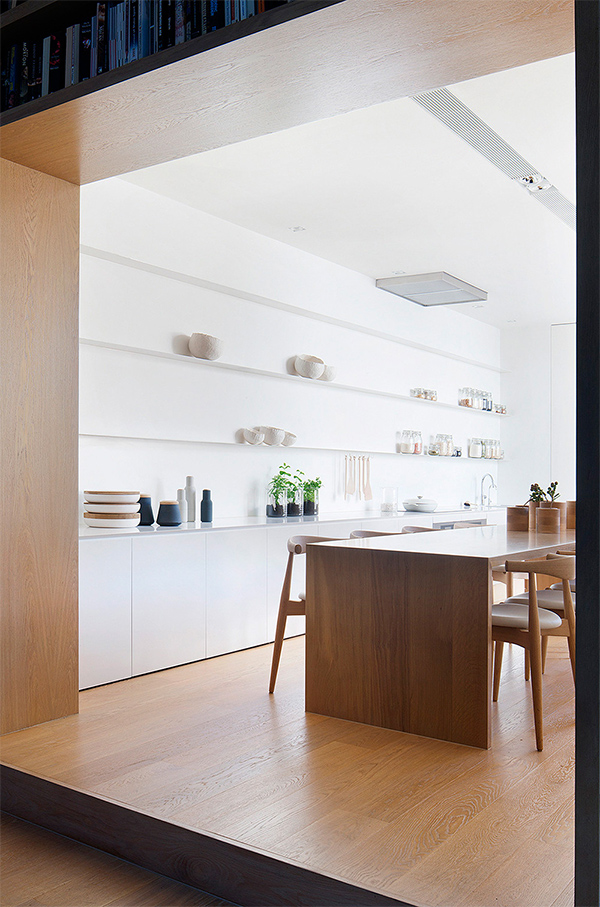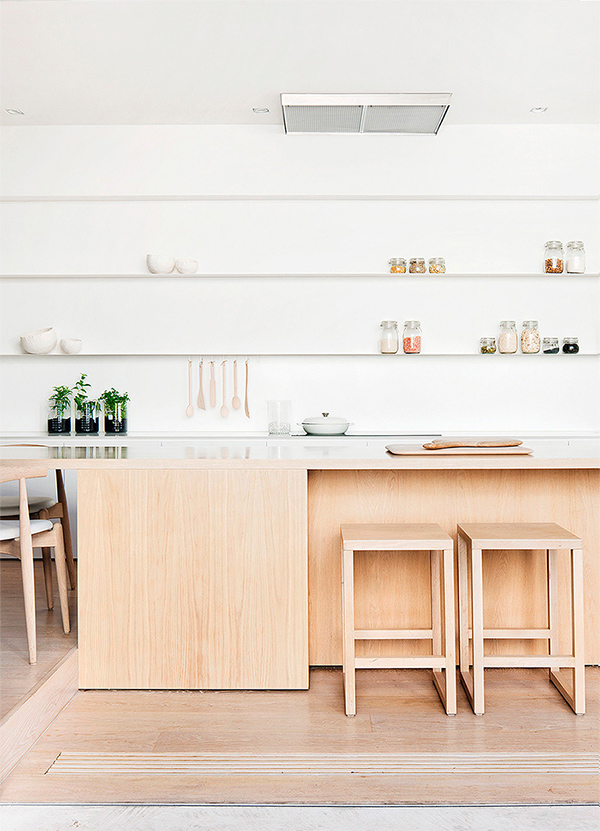Postmodern architecture is a style or movement which emerged in the 1960s as a reaction against the austerity, formality, and lack of variety of modern architecture. Modern architecture was particularly felt in the international style advocated by Le Corbusier and Ludwig Mies van der Rohe. The movement was given a doctrine by the architect and architectural theorist Robert Venturi in his 1966 book Complexity and Contradiction in Architecture.


The style flourished from the 1980s through the 1990s, particularly in the work of Venturi, Philip Johnson, Charles Moore and Michael Graves. In the late 1990s it divided into a multitude of new tendencies, including high-tech architecture, neoclassicism and deconstructivism.
Postmodern architecture emerged in the 1960s as a reaction against the perceived shortcomings of modern architecture, particularly its rigid doctrines, its uniformity, its lack of ornament, and its habit of ignoring the history and culture of the cities where it appeared. The architect and architectural historian Robert Venturi led the attack in 1966 in his book, Complexity and Contradiction in Architecture.

The Japanese architects Tadao Ando (born 1941) and Isozaki Arata (born 1931) introduced the ideas of the postmodern movement to Japan. Before opening his studio in Osaka in 1969, Ando traveled widely in North America, Africa and Europe, absorbing European and American styles, and had no formal architectural education, though he taught later at Yale University (1987), Columbia University (1988) and Harvard University (1990). Most of his buildings were constructed of raw concrete in cubic forms, but had wide openings which brought in light and views of the nature outside. Beginning in the 1990s, he began using wood as a building material, and introduced elements of traditional Japanese architecture, particularly in his design of the Museum of Wood Culture (1995). His Bennesse House in Naoshima, Kagama, has elements of classic Japanese architecture and a plan which subtly integrates the house into the natural landscape, He won the Pritzker Prize, the most prestigious award in architecture, in 1995.
